Berani’s Groundbreaking Surgery
Pangolin surgery is tricky due to their scaly exterior, but “Berani” was braver than most other pangolins! Witness his journey from undergoing the first-ever surgery of its kind to rehabilitation and recovery.
Meet some of Southeast Asia’s native animals, including the Sunda pangolin, Asian small-clawed otter, Common palm civet, Leopard cat, and Sunda slow loris!
Learn more about our conservation efforts for them, and discover how you can get involved!
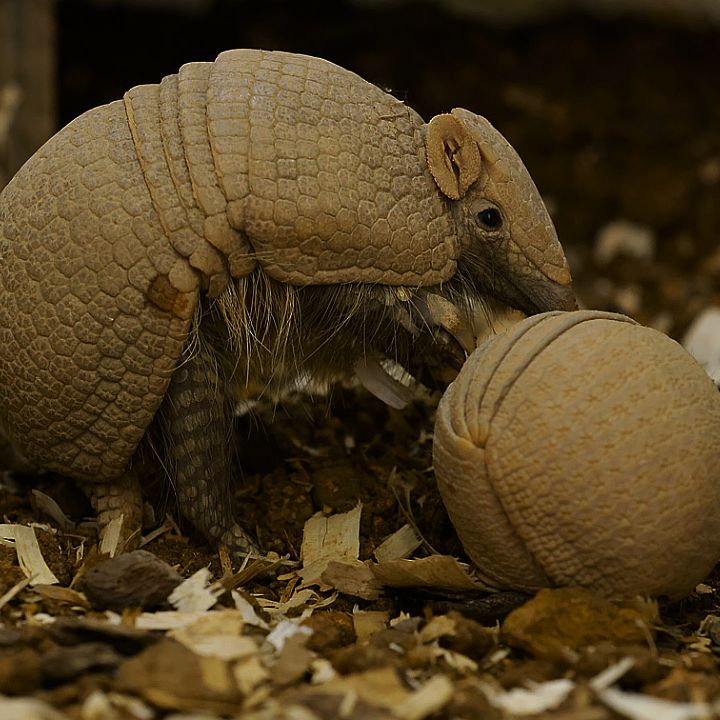
Though “Armadillo” is Spanish for “little armoured thing”, it is more than just “a roly-poly shell with bands”. The armadillo can hold its breath for six minutes, and its diet consists of insects, small reptiles, and even amphibians.
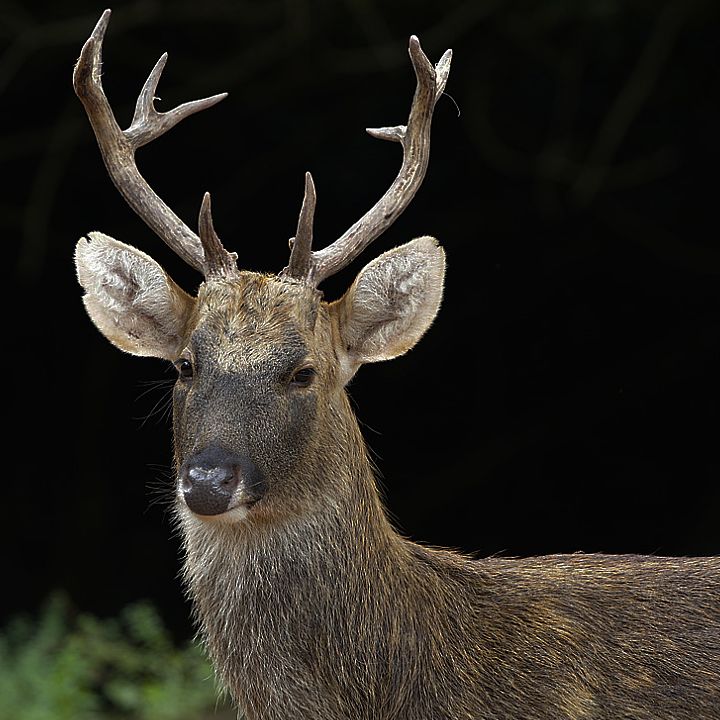
Also known as the swamp deer, it is not uncommon for this large species to have up to 20 tines on their antlers.
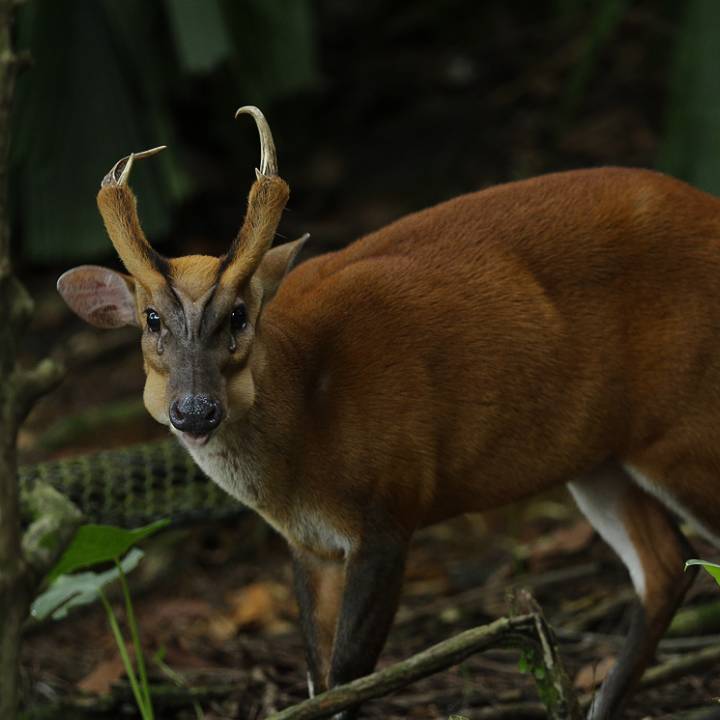
Also known as ‘muntjacs’ or ‘rib-faced deer’, this species fights for territory with their "tusks”, which are actually downward-pointing canine teeth.
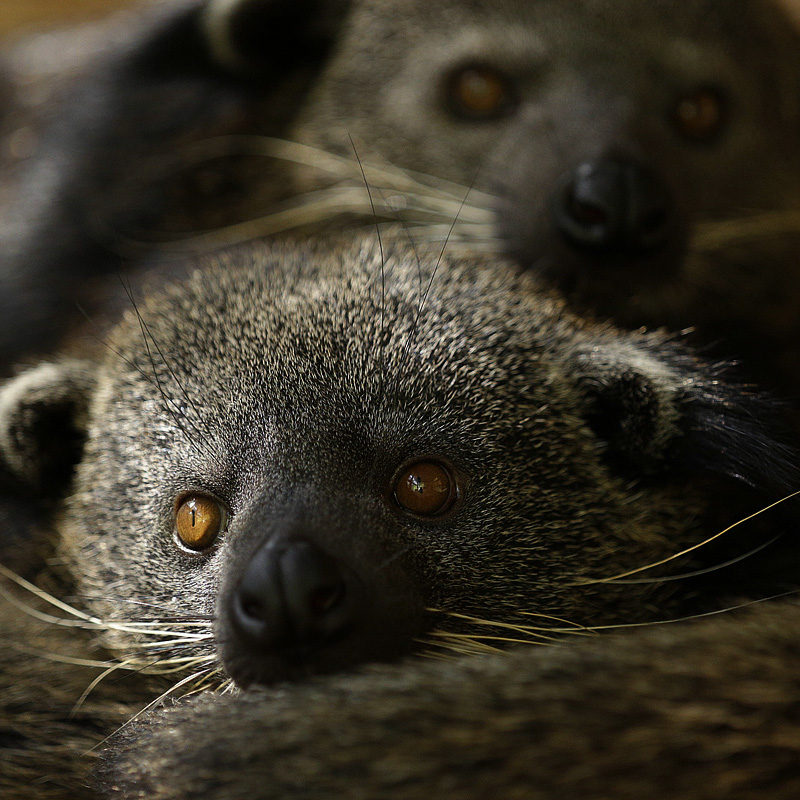
Nicknamed the ‘Bearcat’, the binturong is actually related to civets and fossas. Amazingly, it smells like pandan leaves or buttered popcorn!

Though adorable, this species does not hesitate to attack an adversary, which it does by biting, or sitting on its haunches to shake its quills.
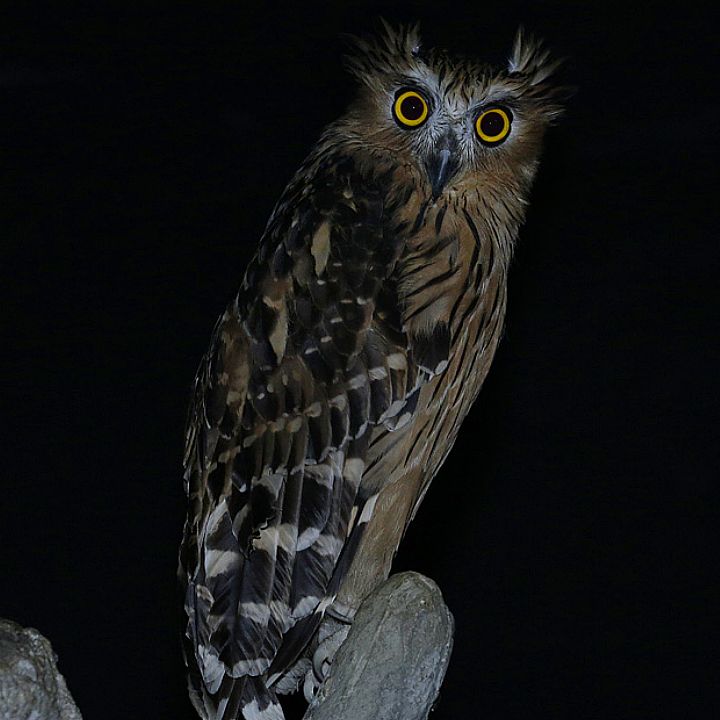
Though their diet consists mostly of fish, these owls also prey on crabs, shrimp, frogs, crayfish, small mammals, large insects, snakes, and even young false gharials.
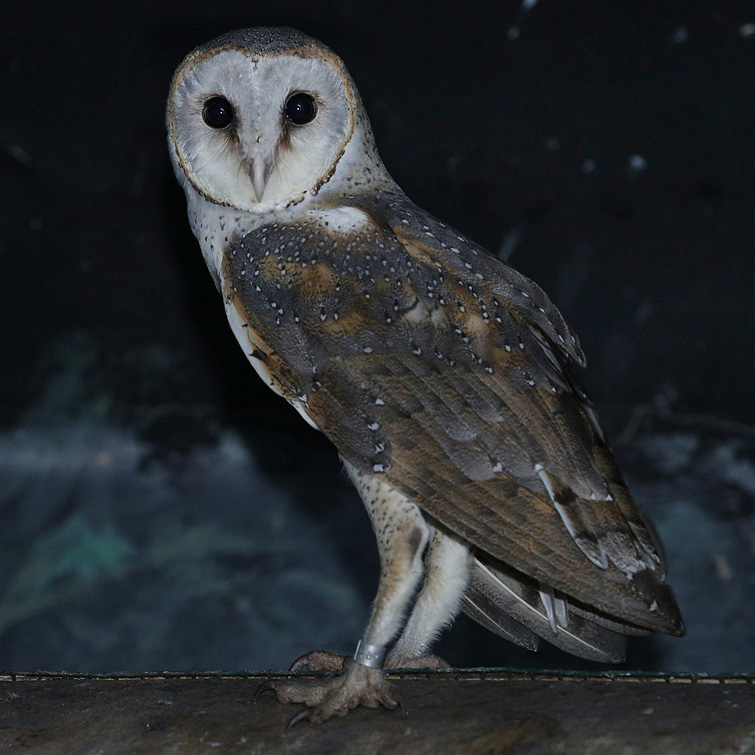
It’s the most widespread owl species on Earth, but the common barn-owl has some uncommon vocal calls – it does not hoot! Instead, it produces an eerie, long-drawn-out shriek.
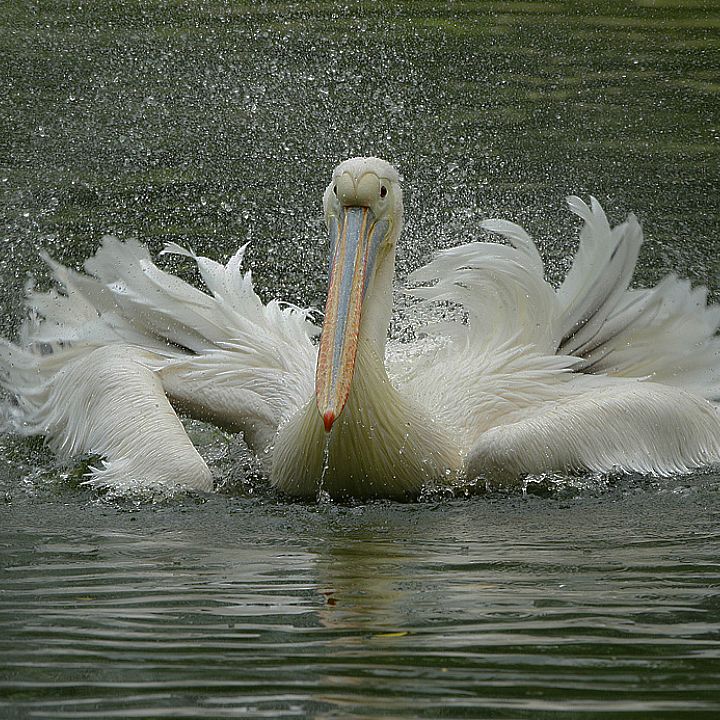
Often seen fishing cooperatively, these birds swim in a wide arc to round up fish before scooping them into their yellow-orange throat pouches.
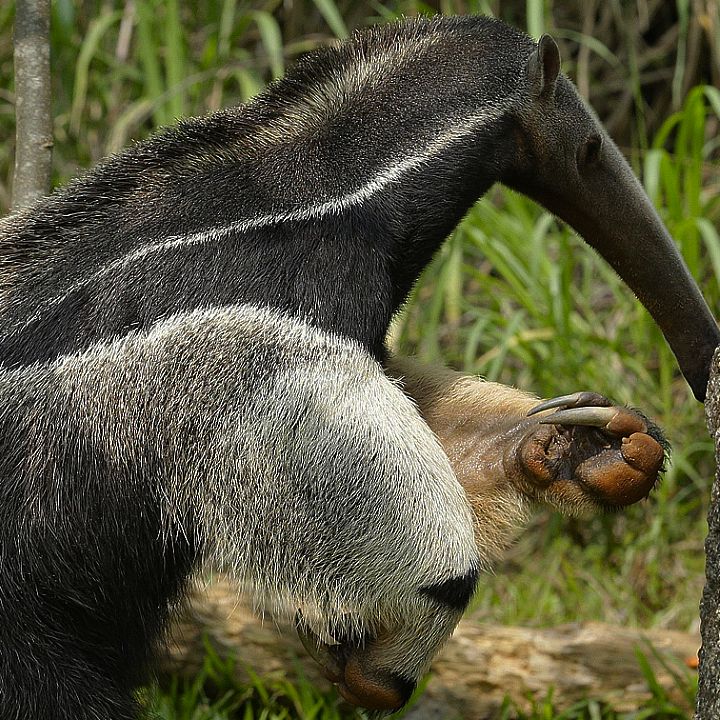
The largest of the four anteater species, giant anteaters can reach lengths of 2-2.5 metres. Feeding on ants and termites, their 60cm-long tongues can flick in and out up to 150 times per minute!
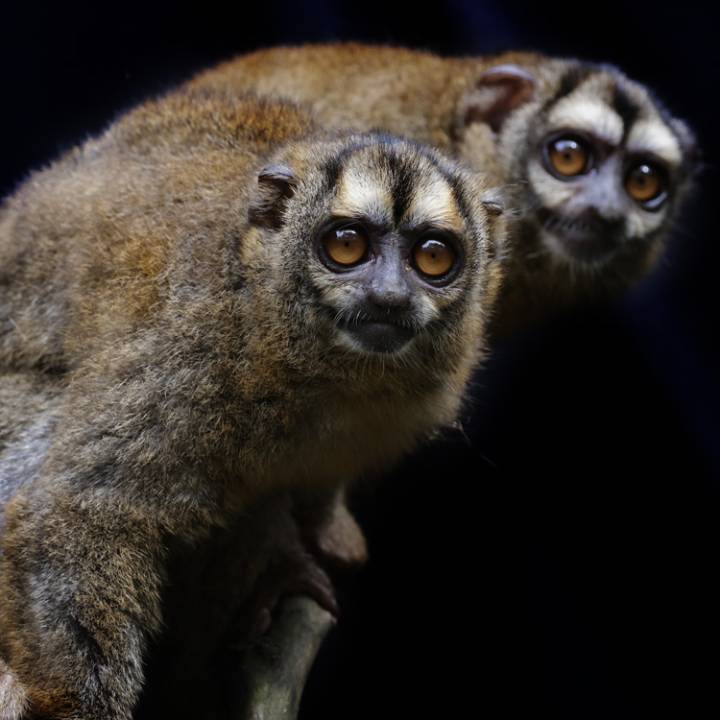
Large round eyes that are perfectly adapted to night vision help this arboreal monkey forage at night. While their diet may vary, they do like to grab and squish insects for food. Yikes!
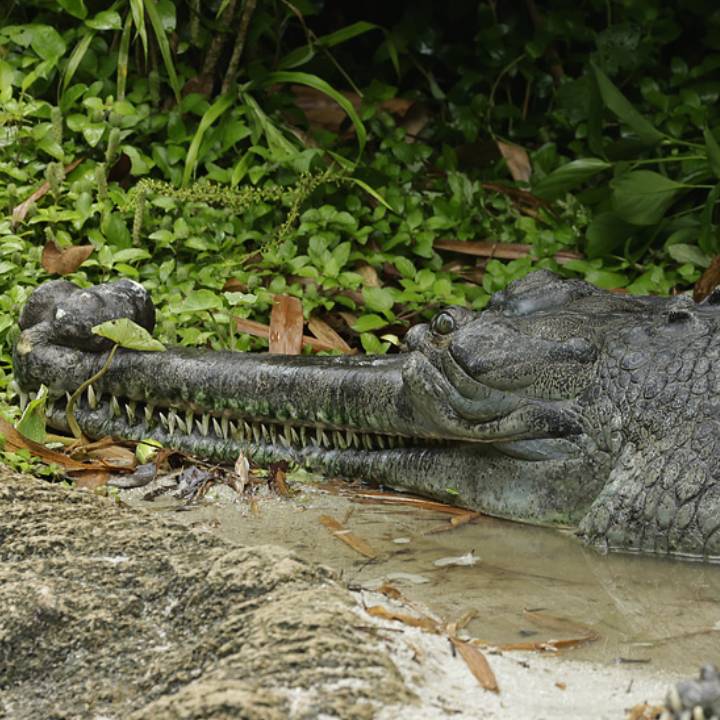
With its bulbous growth on the tip of males’ snouts, it’s no wonder this crocodilian gets its name from the word ‘ghara’ – ‘pot’ in Hindi.
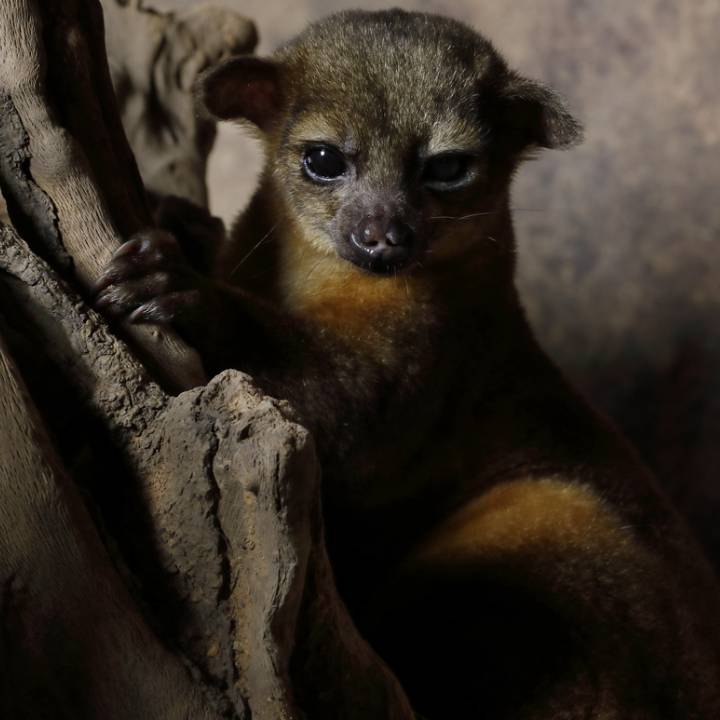
With dense woolly fur that acts as a raincoat, and a strong tail that they themselves can use to climb back up on, this carnivore is perfectly equipped to raid beehives for honey.
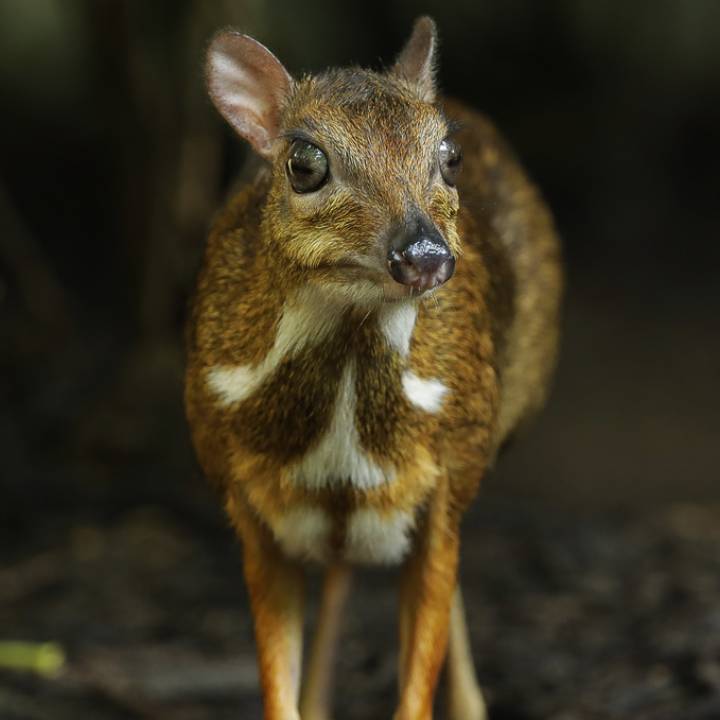
Being one of the world’s smallest hoofed animals, the lesser mousedeer has fangs instead of antlers.
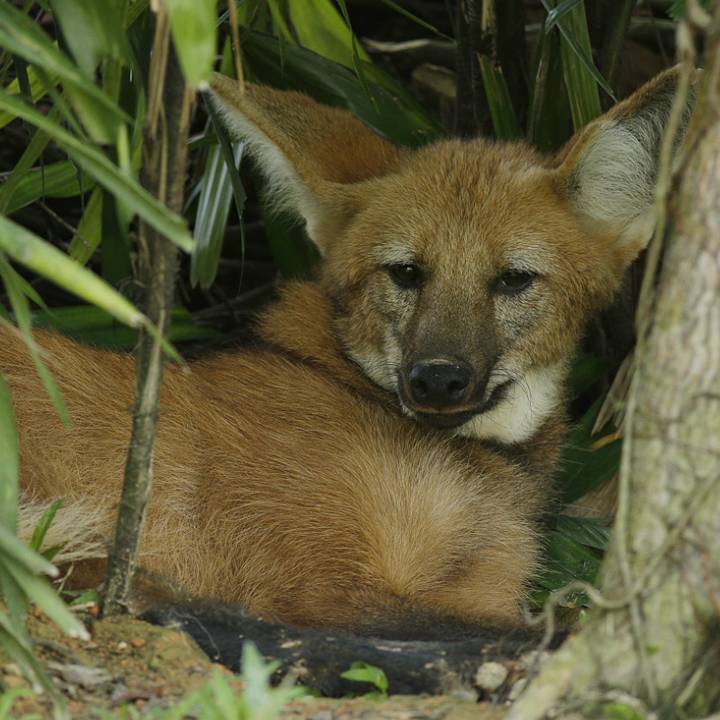
Despite its name, it is neither fox nor true wolf. In fact, it is the only member of its genus, Chrysocyon! Instead of howling, they bark or roar to let their mate know where they are.

Also called the Three-striped palm civet, this exclusively arboreal omnivore has a diet of forest fruits, insects, frogs, birds, and occasionally, squirrels.
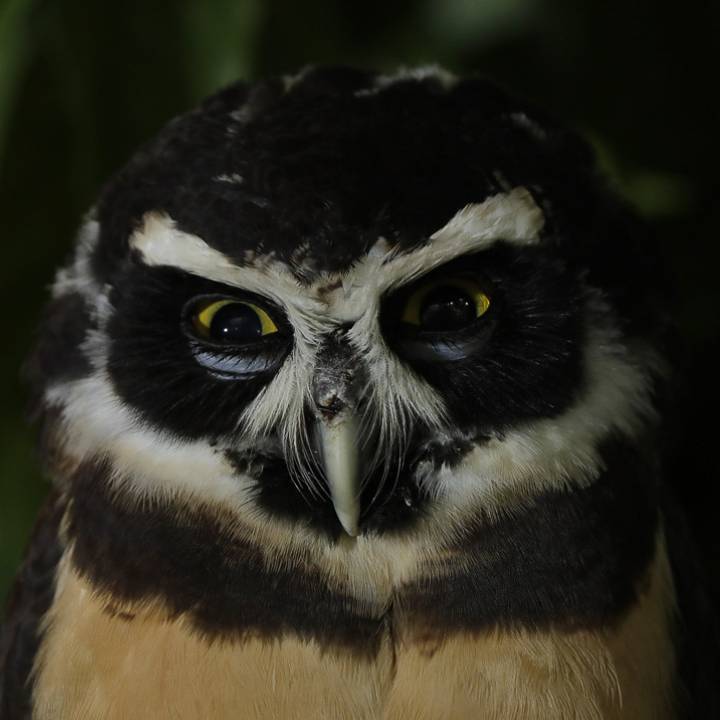
Special, spectacled, spectacular. This large owl’s song is a loud, pulsing series of deep hoots - not so different to a sheet of metal being flexed rapidly.
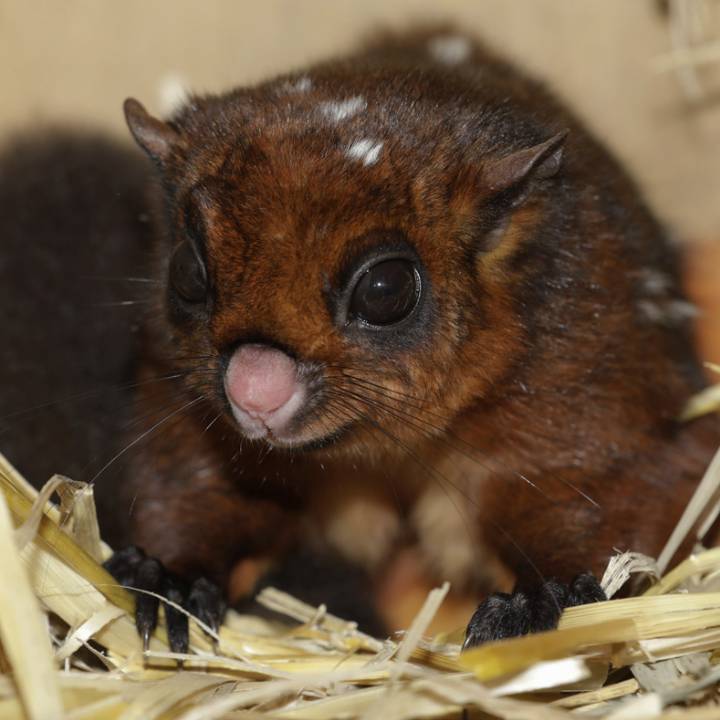
These flying fellows glide from tree to tree by spreading their patagium – the special skin that connects its limbs.
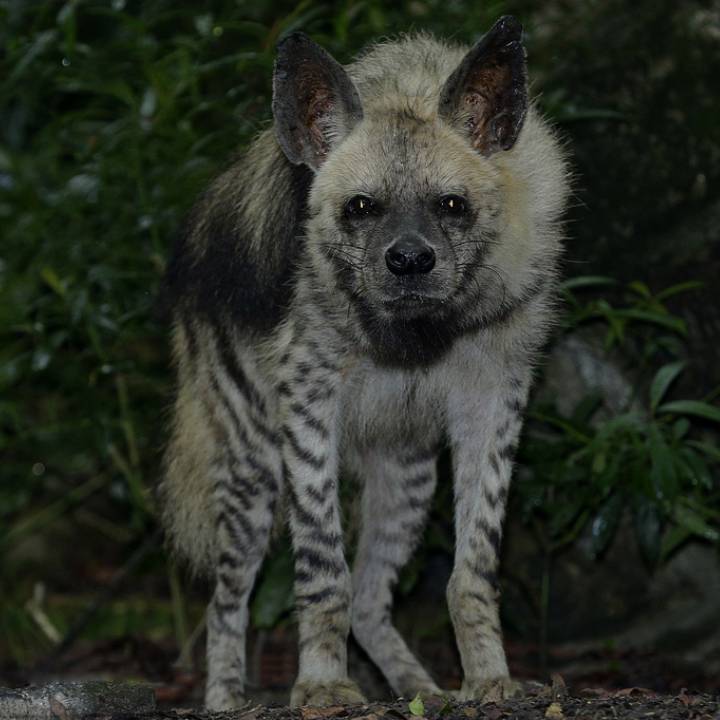
One of the most important members of nature’s cleanup crew. They differ from their spotted cousins by communicating with body movements instead of noises.
Pangolin surgery is tricky due to their scaly exterior, but “Berani” was braver than most other pangolins! Witness his journey from undergoing the first-ever surgery of its kind to rehabilitation and recovery.
Found after a suspected dog attack, “Sudi” was brought to us with a tail wound for emergency treatment. Daily wound-cleaning and physiotherapy were all part of his in-patient stay, while wild ant nests supplemented his in-patient diet.
Health checks, exploratory walks, practising climbing, and learning how to find ant nests are all in a day’s work for Stardust on her road to being released.
Witness “Springle’s” epic recovery! From going through weight loss to eating and foraging with vigour, this baby pangolin was nursed back to health in preparation for its return to wilderness.